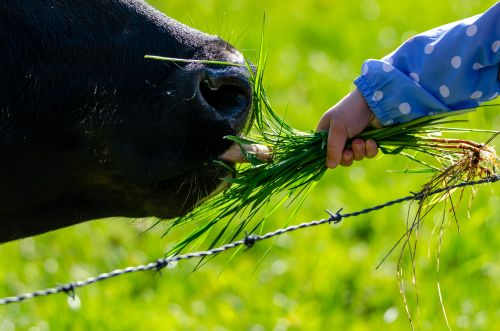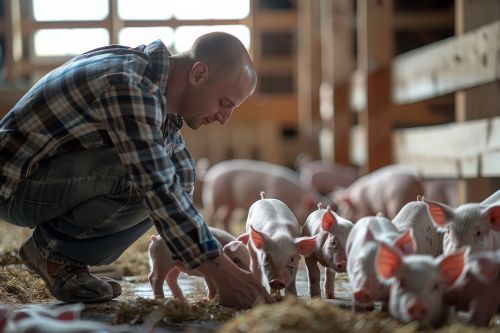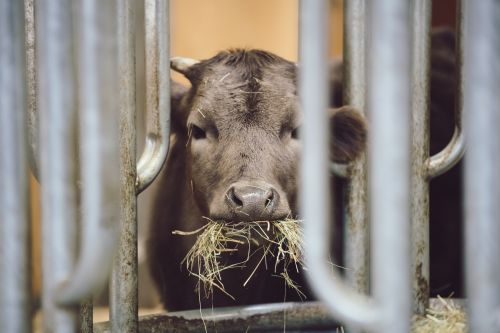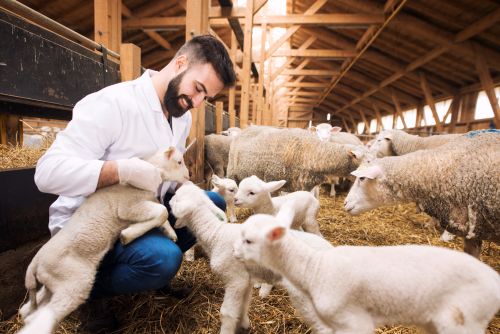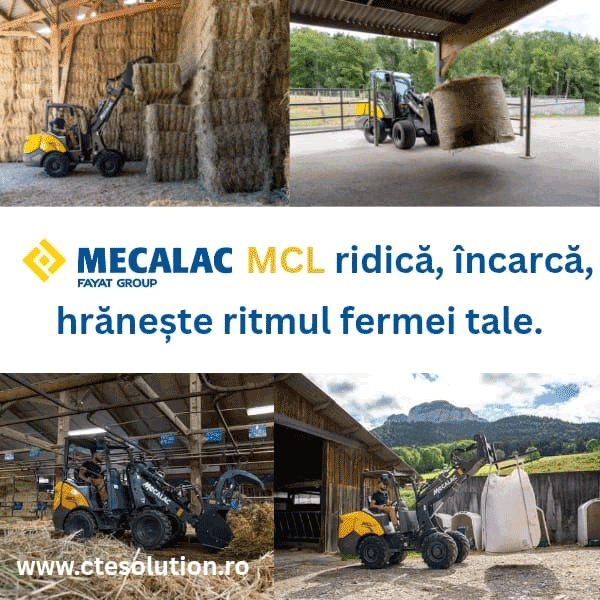567

The recent adoption of a law allowing the operation of slow agricultural and forestry tractors with a category B driving license marks an important change for Romania’s agricultural sector. This measure follows the approval of Emergency Ordinance no. 1/2024 by the Chamber of Deputies and will come into full effect after promulgation by the President of Romania and publication in the Official Gazette.
According to the new regulations, category B driving licenses are automatically equivalent to a new subcategory called Tr1. This subcategory allows the operation of tractors with a maximum design speed of up to 40 km/h, registered and approved for circulation on public roads. Importantly, this amendment does not require an additional exam and applies to all holders of a valid category B license.
The measure has a direct impact on the logistical needs of agriculture and forestry, where the shortage of authorized personnel to operate machinery has become a recurring issue. In addition, under the provisions of the National Strategic Plan 2023–2027, Romania will benefit from a significant increase in the number of tractors and agricultural equipment financed through European and national funds. Therefore, farmers’ easy access to the use of these vehicles is essential for streamlining agricultural work.
Another relevant aspect of the new legislation is that it allows the formation of road train combinations with one or two trailers, without an explicit limit on the maximum authorized mass. This will enable farmers to use slow tractors more efficiently for transporting agricultural products, feed, auxiliary machinery, or materials needed for routine work.
The measure effectively began to apply in January 2024, when the ministerial order regulating the new Tr1 subcategory entered into force. New licenses issued starting in April 2024 explicitly include this category, but equivalence is automatically recognized for existing category B license holders, without requiring changes to the documents already in circulation.
This legislative amendment also brings increased responsibility for drivers. Although no additional exam is required, holders of a category B license who wish to operate tractors must ensure they understand the handling and safety specifics of these vehicles, especially in the context of rural road traffic. Without practical training, risks may arise related to braking, turning, and limited visibility, particularly when towing trailers.
In conclusion, the legislative amendment allowing slow tractors to be operated with a category B license represents a pragmatic step in supporting farmers and simplifying access to mechanization. Clear information for all those concerned, as well as the promotion of practical training sessions—even if not legally mandatory—remain essential.
(Photo: Freepik)
